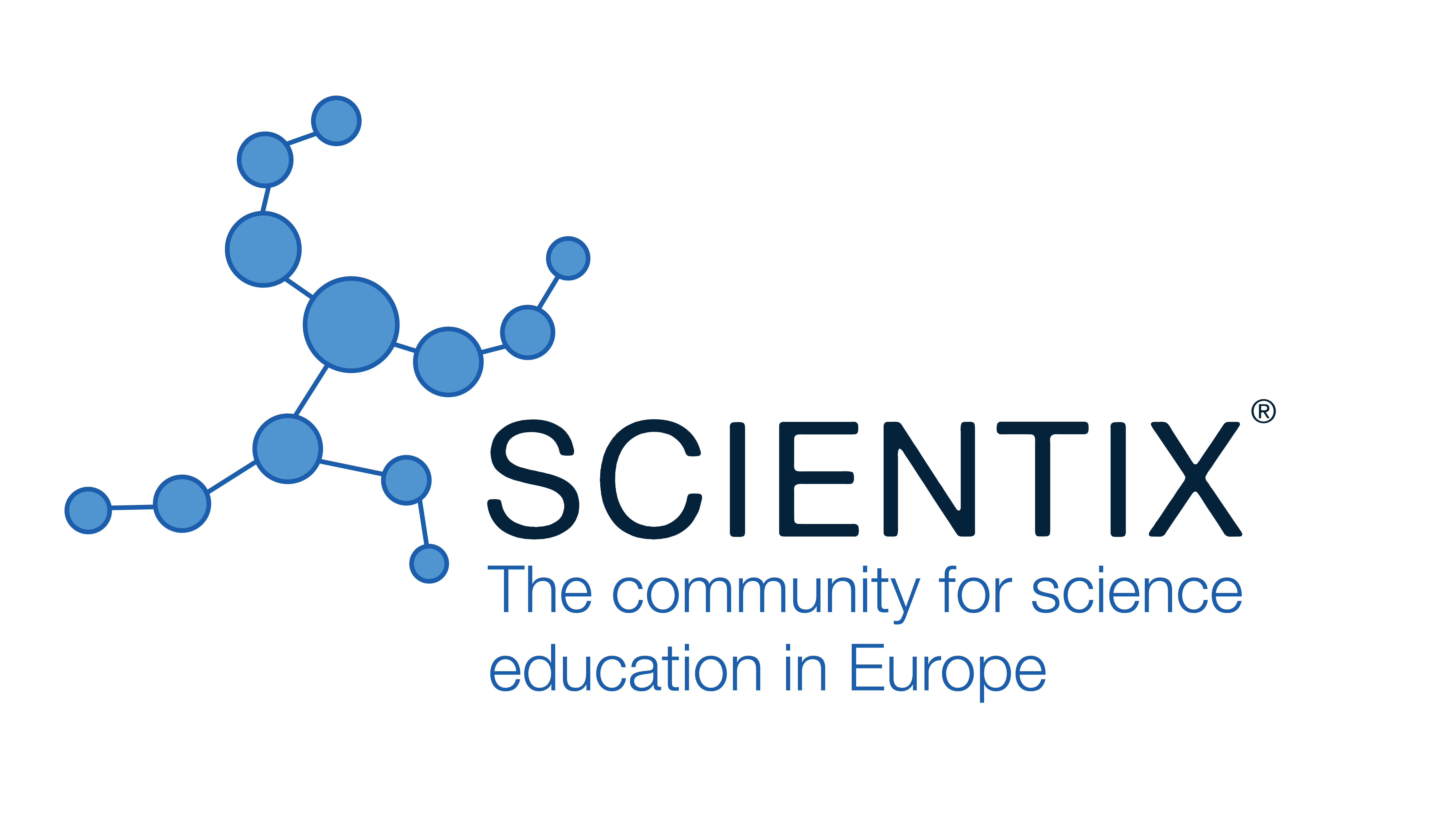A Study on the Effects of Computer Mediated Interaction in Learners’ Linguistic Output
Esra Kızılet, Gazi University (Turkey)
Abstract
Multimodal online tools promote communication, collaboration, and exposure to comprehensible input at anytime, anywhere. These opportunities offered by technology have been used to understand, describe and compare the nature and outputs of face-to-face communication and synchronous and asynchronous computer mediated communication (CMC). The present study investigates the linguistic characteristics of learners’ output in terms of interlanguage (syntactic complexity and lexical range) and interactional elements (negotiation of meaning and recasts). Chosen in accordance with convenience sampling, the participants of the study were seven graduate level (MA) students in an English language teaching (ELT) program of a large state university in Turkey, which is among the top five most preferred programs. The participants possess professional teaching experience in foreign language teaching varying from 3 months to 5 years. The participants carried out online discussions through WhatsApp without giving time and date limitation. Discussion topics for which expert opinion was taken were determined in line with their research interest. After the discussions, semi-structured interviews were held through WhatsApp to understand how they describe CMC discussion – as spoken or written – and depending on this conceptualization, whether their output differentiates in terms of interlanguage (syntactic complexity and lexical range) and interactional (negotiation of meaning and recasts) elements. For interlanguage elements, lexical range and syntactic complexity were analyzed by using T-unit analysis and type-token ratio respectively. Negotiation strategies (clarification requests, comprehension and confirmation checks, repairs, self- and other-repetitions), and recasts were analyzed quantitatively and qualitatively for interactional aspect. Chat transcripts were analyzed and interactional patterns were identified. Lastly, interviews were analyzed through a content analysis methodology. It was found that there were no consistent patterns related to syntactic complexity and lexical range of language output depending on the perceived modality of the communication. The participants who used the tool asynchronously in a not interactive way outperformed the other participants in terms of producing syntactically complex and lexically rich language. Regarding the importance of CMC in English language learning, especially in an expanding-circle country like Turkey, it can be used to promote learner output and communication in-and outside-the-class. As accessible and familiar tools, instant messengers can be used to promote learner output.
Keywords: Synchronous text-based computer mediated interaction, syntactic complexity, lexical range, negotiation of meaning, second language acquisition
 Innovation in Language Learning
Innovation in Language Learning





























